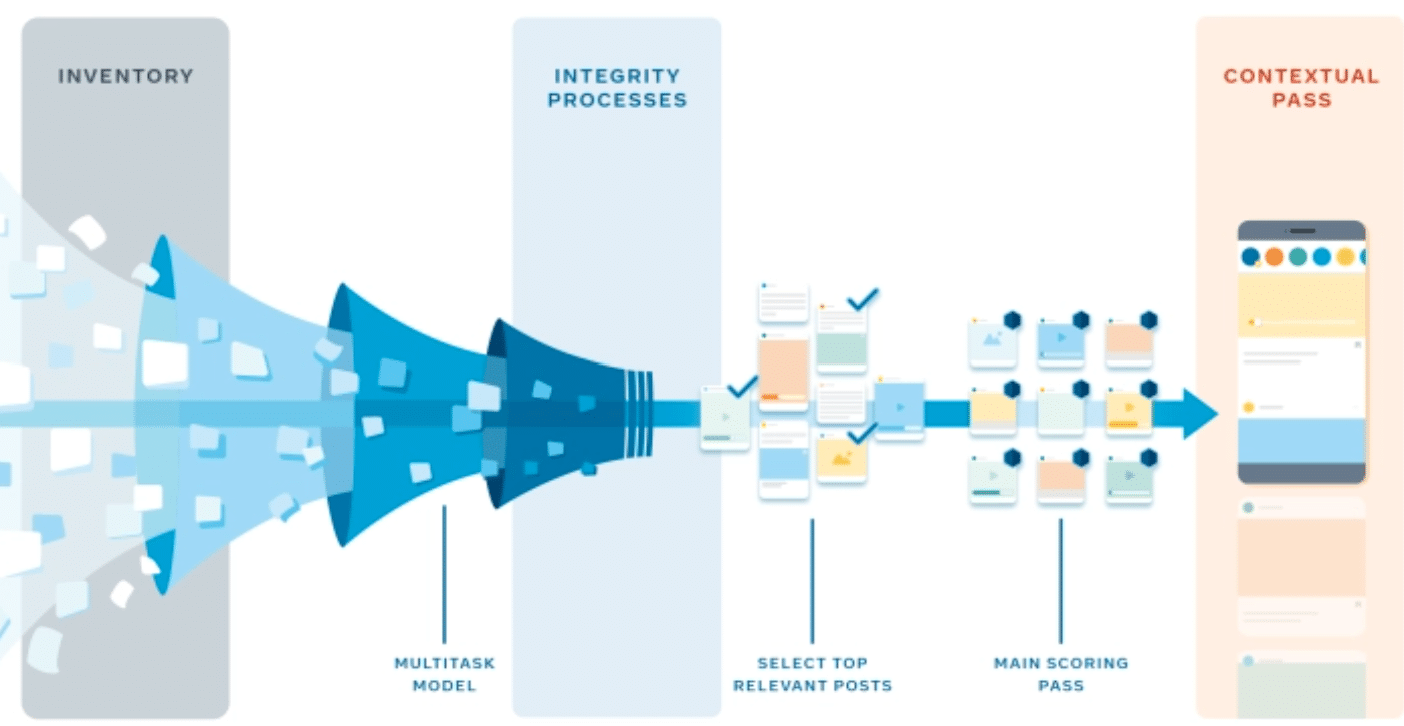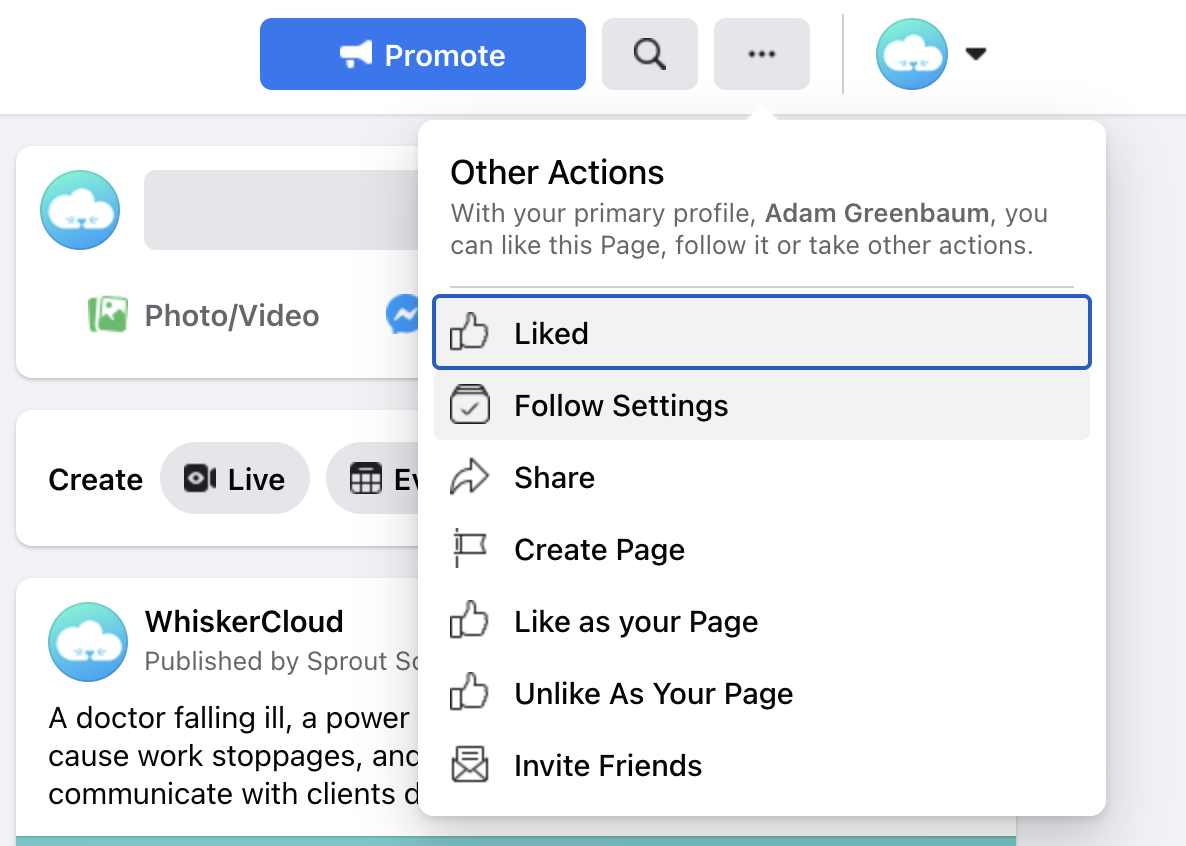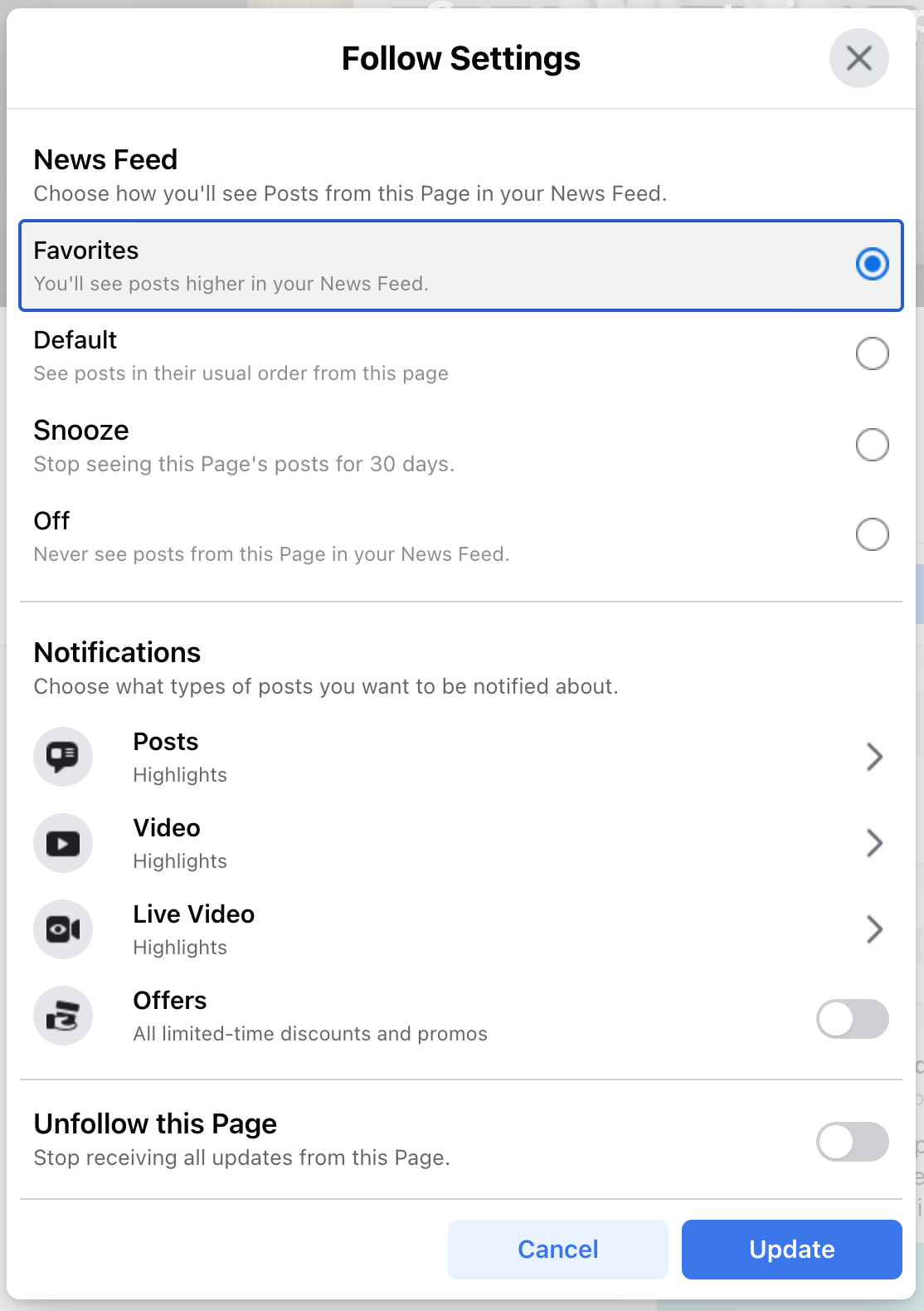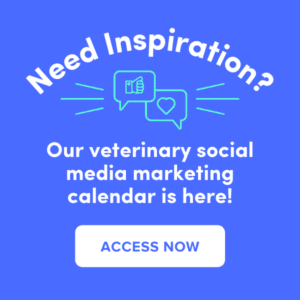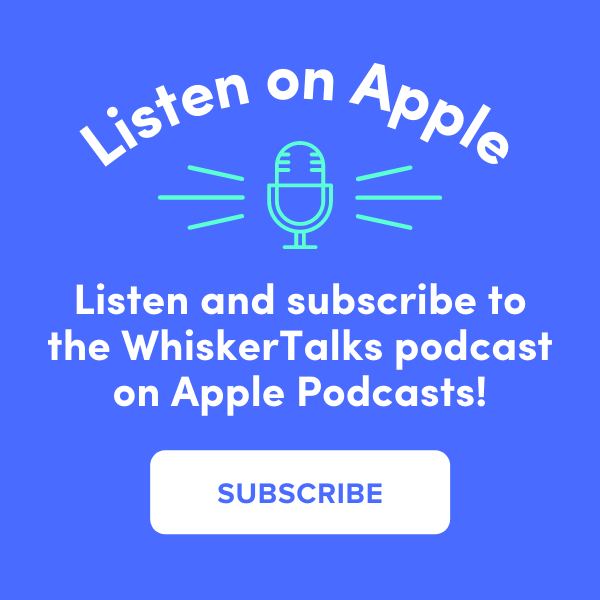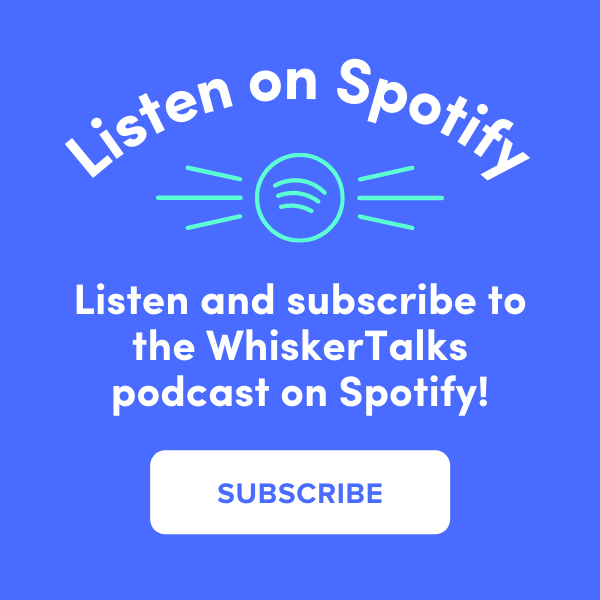You pour your heart and soul into creating beautiful content for Facebook, and then it happens—you don’t get any likes or engagement on your content. Not surprising—the average engagement rate in 2020 for an organic Facebook post was 0.25%! If you think about it, that is messed up. The silver lining is that your competitors are dealing with the same issues, so you’ll have to be savvier than them. We’ve got you covered.
What is an algorithm?
In simple terms, an algorithm is a process or set of rules to be followed in calculations or other problem-solving operations, especially by a computer. In the social media world, it’s a machine-learning apparatus that ranks all content on several factors and decides who it will show that content to and where on the news feed it will show the content.
Facebook said it themselves: For each person on Facebook, there are thousands of signals that we need to evaluate to determine what that person might find most relevant… to predict what each of those people wants to see in their feed…
Your history of liking pictures of dogs means you will get more pictures of dogs on your feed than someone else. If you like Danielle’s posts every time she shares a video, you’ll be seeing more of Danielle’s videos on your feed than someone else. Facebook confirms it for you:
We can use the characteristics of a post, such as who is tagged in a photo and when it was posted, to predict whether Juan might like it.
For example, if Juan tends to interact with Saanvi’s posts (e.g., sharing or commenting) often and her running video is very recent, there is a high probability that Juan will like her post.“If Juan has engaged with more video content than photos in the past, the like prediction for Wei’s photo of his cocker spaniel might be fairly low.
In this case, our ranking algorithm would rank Saanvi’s running video higher than Wei’s dog photo because it predicts a higher probability that Juan would like it.
The big takeaway? Everything is personal to you.
Here’s more from Facebook:
First, the volume is enormous. More than 2 billion people around the world use Facebook. For each of those people, there are more than a thousand “candidate” posts (or posts that could potentially appear in that person’s feed). We are now talking about trillions of posts across all the people on Facebook.
Now consider that for each person on Facebook, there are thousands of signals that we need to evaluate to determine what that person might find most relevant. So we have trillions of posts and thousands of signals — and we need to predict what each of those people wants to see in their feed instantly. When you open up Facebook, that process happens in the background in just the second, or so it takes to load your News Feed.
And once we’ve got all this working, things change, and we need to factor in new issues that arise, such as clickbait and the spread of misinformation. When this happens, we need to find new solutions. In reality, the ranking system is not just one single algorithm; it’s multiple layers of ML models and rankings that we apply to predict the content that’s most relevant and meaningful for each user. As we move through each stage, the ranking system narrows down those thousands of candidate posts to the few hundred that appear in someone’s News Feed at any given time.
With this in mind, we need to think about the four most important factors.
- Relationship: How often does the user interact with content from the content poster? If it’s often, they’ll see your content more often. This is why building a relationship with your audience is so important.
- Content type: If the user interacts with videos often, they will most likely see more videos in their feed than someone that interacts with photos more often.
- Popularity: Is a post popular? Is it getting engagement from people in your network? If yes, it will get be shown more often to users in your circle.
- Recency: When was the post created? More recent posts are placed higher in the feed.
What can you do to beat the algorithm?
- Make sure your fans mark you as a favorite.
Each Facebook user can add 30 business pages as their favorites, and we want you to be among those 30 spots! Create a post showing them how to add you as a favorite and watch the engagement grow. Even better, do a giveaway or promotion to see how many people you can get to make you their favorite. This is a quick-hit trick to get more engagement on your posts because your most avid fans will always see your content.
Step 1: Click the three dots above the feed and click “Follow Settings.”
Step 2: Add to favorites. It’s that simple, and your users should be able to do the same.
Pro tip: If you’re reading this, be sure to set WhiskerCloud’s Facebook page to your favorites.
2. Shoot for love and wow, not likes.
Not long ago, Facebook offered us more than a like button on posts, and it appears that reactions have more weight than just regular old likes. So, this is your chance to create content that empowers people to offer more reactions. This is your chance to test posts that feature a cat and a dog that has a caption, “Tell us that you’re a cat or a dog person with a reaction. 😮 for cats and ❤️ for dogs!”
Understanding your audience and what makes them react to social media posts will help you know how to craft these posts for more reactions and engagement.
3. Start a conversation!
Facebook puts a significant emphasis on more comments and engagements, and nothing gets that going faster than a group of people having a conversation and engaging with your post. Yes, this is Facebook, and a conversation can quickly go sideways, so it’s essential to monitor these conversations to ensure nothing is going haywire.
Facebook even discusses this in their recent algorithm update:
First, the system collects all the candidate posts we can possibly rank for Juan (the cocker spaniel photo, the running video, etc.). This eligible inventory includes any post shared with Juan by a friend, Group, or Page he’s connected to that was made since his last login and has not been deleted. But how should we handle posts created before Juan’s last login that he hasn’t seen yet?
To make sure unseen posts are reconsidered, we apply an unread bumping logic: Fresh posts that were ranked for Juan (but not seen by him) in his previous sessions are added to the eligible inventory for this session. We also apply an action-bumping logic so that any posts Juan has already seen that have since triggered an interesting conversation among his friends are added to the eligible inventory as well.
What are the big takeaways from all of this?
You must be involved in your Facebook marketing strategy to get everything out of it. Yes, boosted posts and Facebook ads are a vital piece of the pie for growing your Facebook content presence. Finding the right mix of content creation, paid content, and organic content is the key to growing your page and driving traffic and new business to your website. We can help discuss a good Facebook ad strategy that targets pet owners in your area.
Facebook is an integral part of your overall marketing strategy, but it’s more important than ever to be a big part of the process. Hiring a full-time social media manager for your clinic can be expensive, especially when the average reach for an organic Facebook post is 0.25%. The WhiskerCloud Content Plan gives you a team of professionals that uses AI and data to put together your social media strategy. You’re always just an email away from having our team create whatever you need for your page, from graphics to videos and the perfectly written post alongside them.
Building a community is much more important than creating a feed that spews content all of the time. Get your team involved in content creation so you can give your fans a peek of life at your clinic and the people that make it great.
WhiskerCloud websites are fully loaded with everything you need to grow.
We offer cloud hosting, SEO, real-time website tracking, reputation management, social media management, and advertising — and all of it comes with unlimited support from our team.


